2023 SURE/SROP Research Projects in ECE
Directions: Below are listed the most recent descriptions of 2023 Summer Undergraduate Research in Engineering (SURE) and Summer Research Opportunity Program (SROP) projects available in Electrical and Computer Engineering (ECE). Please consider this list carefully before applying to the SURE or SROP program. You are welcome to contact faculty if you have additional, specific questions regarding these projects.
*IMPORTANT*: In addition to their online application, SURE applicants for ECE projects must also submit a resume and statement explaining their interest in and qualifications for the project that most interests them, including why they want to work on the project, the relevant skills they bring, and what they expect from their experience. The statement should be no longer than one page (12 point font and 1” margins) and must be uploaded in “other” at the bottom of the online application. Applications without this information may not be considered. Please include your name and UMID on all documents submitted.
SROP applicants for ECE projects should follow the specific directions outlined in the online application.
| Research Area | Project Numbers | |
|---|---|---|
| Applied Electromagnetics & RF Circuits | 1, 2 | |
| Computer Vision | 3, 4 | |
| Control Systems | 5, 6, 7 | |
| Embedded Systems | 8 | |
| Optics & Photonics | 9 | |
| Signal & Image Processing and Machine Learning | 10, 11 | |
| Miscellaneous | 12, 13, 14 |
*Note: More projects may be added on a rolling basis.
Applied Electromagnetics & RF Circuits
ECE Project 1: Wireless Power Room via QSCR
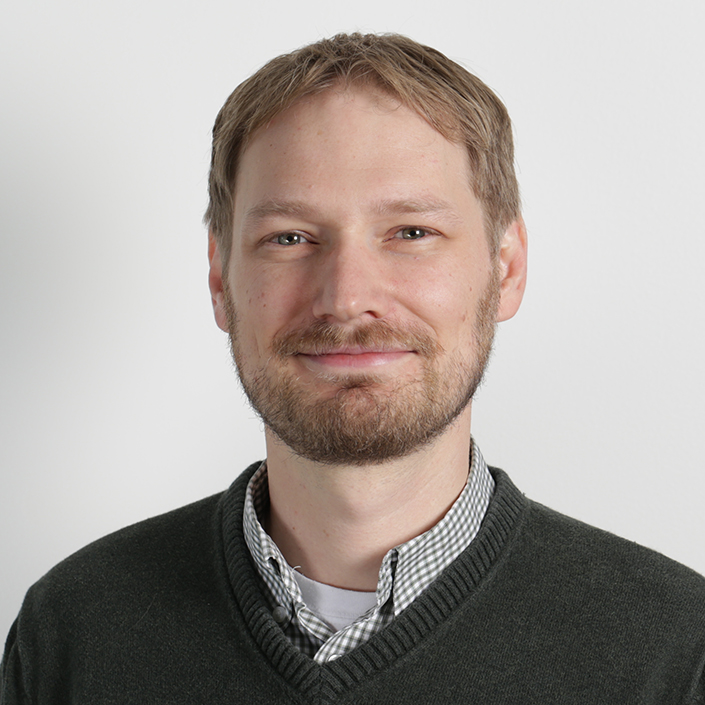
Faculty mentor:
Alanson Sample
[email protected]
Course format:
In person
Prerequisites:
EECS 230: Electromagnetic, or experience with couples resonators and/or impedance matching
Description:
Wireless power delivery has the potential to seamlessly power our electrical devices as easily as data is transmitted through the air. However, existing solutions are limited to near contact distances and do not provide the geometric freedom to enable automatic and un-aided charging. This project aims to create a quasistatic cavity resonance (QSCR) wireless power room that can generate magnetic fields that safely deliver hundreds of watts of power to mobile receivers contained anywhere within the room. More information can be found here: https://theisclab.com/projects/Multimode_QSCR/Multimode_QSCR.html
A new wireless power room is under construction in BBB. SURE, students will work with team members to bring the wireless power room “online” by designing and building transmitter and receiver circuits, impedance matching to the QSCR room, and measuring system performance. Once the wireless power room is up and running, research efforts will focus on creating new drive and control mechanisms, as well as exploring QCSR room structures.
ECE Project 2: Instrument Automation for Space-Time-Varying Antennas and RF Circuits
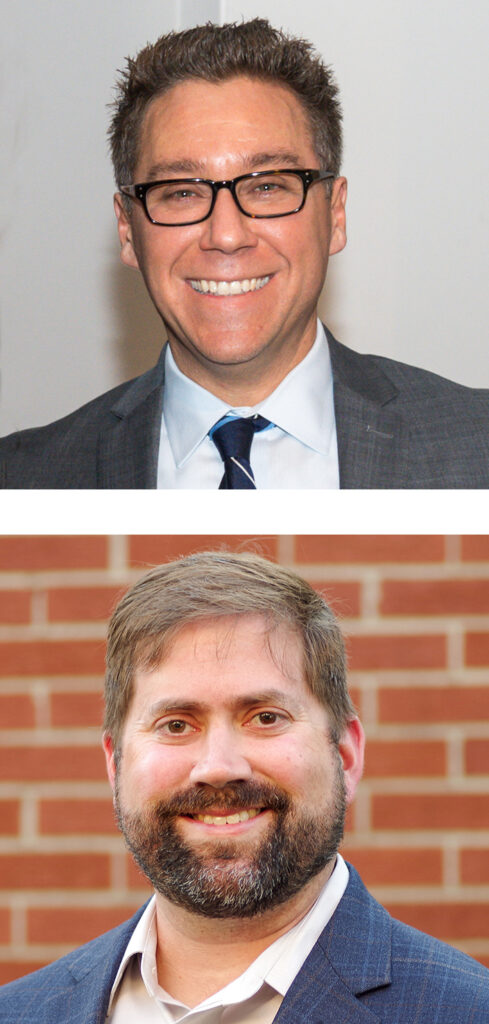
Faculty mentors:
Anthony Grbric, [email protected]
Steve Young, [email protected]
Course format:
In person
Prerequisites:
EECS 230 required, EECS 330 or EECS 334 preferred. Student should have knowledge of time-harmonic electromagnetic fields (plane waves).
Description:
Space-time modulation has attracted strong interest within the fields of radio frequency (RF) circuits, applied electromagnetics, and optics in recent years. Progress in the availability and performance of tunable semi-conductor devices as well as electro-/magneto-optic, phase change, and 2D materials have drawn researchers to examine the modulation of electronic circuits and electromagnetic/optical devices in both space and time. Space-time modulation enables filtering (n-path circuits), frequency conversion, parametric effects, and more recently non-reciprocity (one-way transmission).
The student will develop a versatile platform for the characterization and control of RF electromagnetic circuits and antennas whose properties vary with time and space. Such space-time modulated systems have the potential for superior performance and expanded capabilities compared to their time-invariant counterparts. The student will help develop a computer control system to send time-varying control signals to individual circuit elements, while measuring the resulting system response. Knowledge of electromagnetic fields is required, and experience with microwave instruments (such as signal generators, network analyzers, spectrum analyzers) is an asset. Programming experience using MATLAB or Python is also desirable. The student will gain marketable skills: a working knowledge of space-time RF circuits, antennas and radiation, microwave measurement techniques, industry-standard RF simulators, and instrument automation.
Computer Vision
ECE Project 3: Multimodal learning with vision and touch
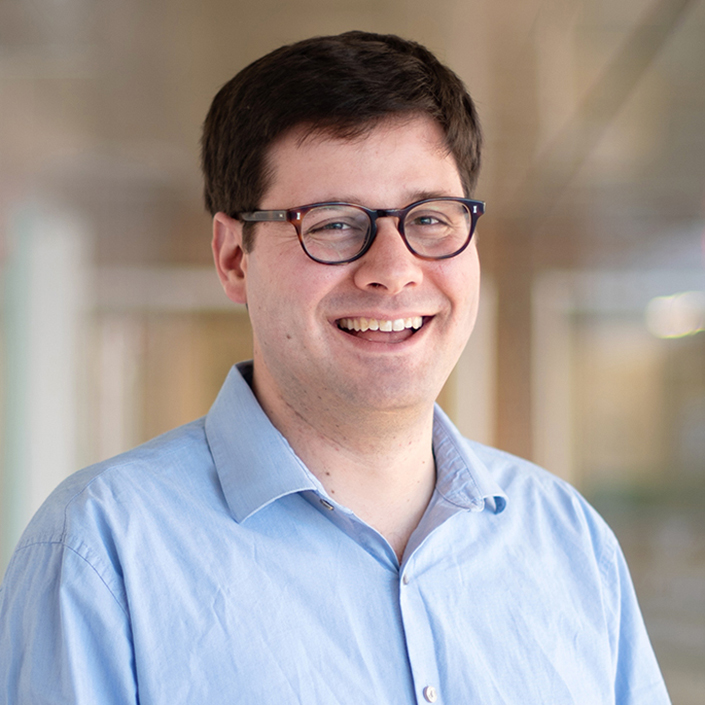
Faculty mentor:
Andrew Owens
[email protected]
Course format:
In person
Prerequisites:
EECS 442 or equivalent
Description:
This project will extend our group’s previous work on visual and tactile sensing: https://arxiv.org/abs/2211.12498
Students will 1) help develop new algorithms for predicting tactile data from visual data and vice versa, 2) collect a dataset of paired vision and touch data.
ECE Project 4: Multimodal learning

Faculty mentor:
Andrew Owens
[email protected]
Course format:
In person
Prerequisites:
EECS 442 or equivalent
Description:
This project will involve developing new models for creating computer vision systems that obtain their supervision from other sensory modalities. We will develop new visual representation learning methods that can be trained on multimodal data, such as audio.
Control Systems
ECE Project 5: From 51 Billion to Zero: Challenges in Reducing our Emissions of Greenhouse Gases

Faculty mentor:
Stéphane Lafortune
[email protected]
Course format:
Hybrid (combination of online and in person)
Prerequisites:
Interest in the subject matter
Description:
This project is about exploring how to reduce and potentially eliminate current emissions of greenhouse gases in the Earth’s atmosphere from a quantitative engineering perspective.
The project’s first task will involve the collection of data on how human activities, from electricity generation to transportation, construction, agriculture, and heating/cooling, contribute to the release of greenhouse gases in the Earth’s atmosphere. Overall, this amounts to approximately 51 billion tons per year of greenhouse gases, distributed as follows (worldwide): (i) How We Plug In (27% of emissions); (ii) How We Make Things (31%); (iii) How We Grow Things (19%); (iv) How We Get Around (16%); and (v) How We Keep Cool and Stay Warm (7%). Relevant and authoritative data for each sector, worldwide and for the US, will be collected and summarized.
Second, the project will identify and study current and prospective engineering solutions to reduce and potentially eliminate greenhouse gases emissions in each of the above five sectors. For the second task, U-M faculty that have expertise in the relevant domains (e.g., power grid, renewable energy, electric transportation, construction, etc.) will be consulted to identify the potential and limitations of (short- and medium-term) engineering solutions to reduce emissions of greenhouse gases. The knowledge gained in this project will form the basis for an undergraduate seminar course on this topic to be offered in the College of Engineering (ECE Division in Fall 2023). For this purpose, various materials will be developed (e.g., concise reports, graphics, videos, etc.) to organize and present the data collected and solutions analyzed. These materials should be accessible to entering freshman in the College of Engineering.
Student tasks and responsibilities: Work with the project mentor on accomplishing the above tasks and producing the prospective teaching materials.
ECE Project 6: Abstract Representations for Model-based Reinforcement Learning Tasks
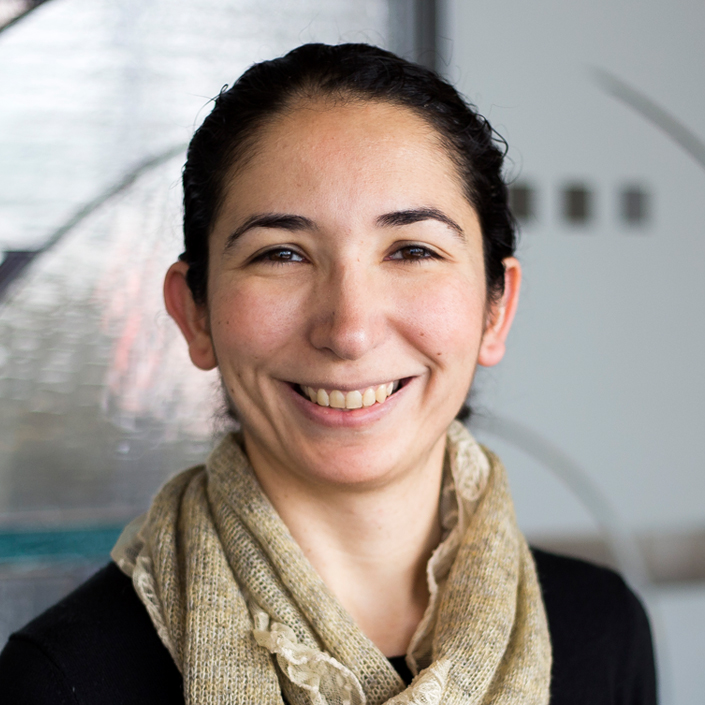
Faculty mentor:
Necmiye Ozay
[email protected]
Course format:
Hybrid (combination of online and in person)
Prerequisites:
Required skills: Stochastic Processes or basic probability theory, Linear algebra, programming skills in any language, preferably python or MATLAB.
Description:
Model-based reinforcement learning can be used to construct the control and decision-making logic for autonomous systems. However, model-based frameworks rely on having an accurate representation of the system/environment dynamics. Several model-based reinforcement learning frameworks have been developed using discrete state-space models (i.e., Markov Decision Processes with finite state-spaces). However for many real-world settings, like driving, the states (e.g., speed distance, etc.) are continuous. Therefore, it is of interest to construct finite state models for such continuous state systems. We call a finite state representation of a continuous state system, an abstraction.
The research questions we will investigate in this project are: what abstractions are better than others, how to assess the “goodness” of any particular abstraction, and how to construct abstractions directly from data? How does the task that you want your autonomous system to achieve affect your choice of abstraction? The student will work with a graduate-student on this project to develop new tools for abstraction and discretization of continuous state-spaces. We will have applications in safe autonomous driving and robotics.
ECE Project 7: Optimization-based Design of Networked Control Systems

Faculty mentor:
Necmiye Ozay
[email protected]
Course format:
Hybrid (combination of online and in person)
Prerequisites:
Knowledge of linear algebra and control of linear dynamical systems. Knowledge of linear programming is a plus. Familiarity with coding (in Julia is a plus).
Description:
In recent decades, there has been a significant research effort to control and design networked control systems (NCS). We speak of NCS when the following five components are present: 1. A (stochastic) dynamical system whose state we want to control; 2. sensors measuring the state of the system (in an incomplete and noisy way); 3. controllers receiving measurements from some sensors and controlling some actuators; 4. actuators influencing the state of the system; 5. a communication network (i) between some sensors and some controllers and (ii) between some controllers and some actuators. Such control systems are ubiquitous in domains like manufacturing automation or remote control of autonomous vehicles with limited onboard computation.
In this project, we want to develop efficient methods to simultaneously design: 1. when each sensor should be activated; 2. when and to which controller a sensor should transmit its measurements; 3. the controllers; 4. when and to which actuator a controller should transmit an input; 5. when each actuator should be activated.
We will leverage the tools developed in the paper [Aspeel, Rutledge, Jungers, Macq, Ozay. Optimal Control for Linear Networked Control Systems with Information Transmission Constraints.] and develop further the code available here: https://github.com/kwesiRutledge/measurement-scheduling0/tree/master/examples/
Embedded Systems
ECE Project 8: On-body Ultrasonic Gesture and Touch Interaction Detection

Faculty mentor:
Alanson Sample
[email protected]
Course format:
In person
Prerequisites:
Experience in Embedded Systems or Machine Learning
Description:
The sensation of touch is one of the fundamental ways we understand and interact with the physical world. However, beyond touchscreens, computing systems have little insight into how users interact with everyday objects. This is particularly important for Augmented Reality systems, which must overlay digital content on the physical world in response to users’ actions.
This project aims to investigate novel methods of using ultrasound for on-body sensing of hand gestures, pose, and object interaction events with a focus on creating hardware solutions that are suitable for unobtrusive wearable applications. SURE students will work with a team of undergraduate and graduate students and obtain hands-on experience developing robust embedded systems, real-time programming, and applied machine learning.
Optics & Photonics
ECE Project 9: Wearable Optoelectronics Device Fabrication and Testing
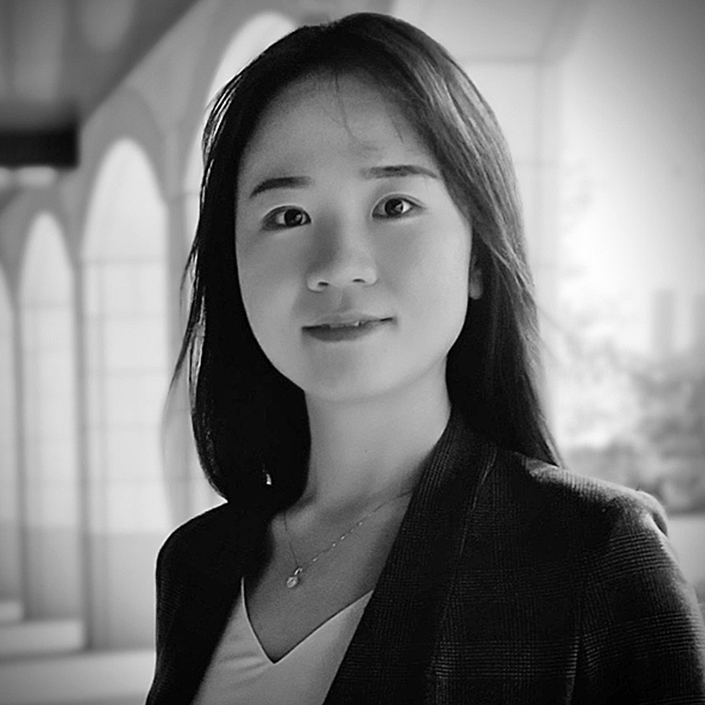
Faculty mentor:
Xiwen Gong
[email protected]
Course format:
In person
Prerequisites:
Knowledge in semiconductor physics, optics, and electronics. Prior experience in solar cells, LED, and photodetector fabrication and testing is preferred. Software skills (LabVIEW, python) will be a plus but not required.
Description:
Gong Lab have several openings for undergraduate researchers who are interested in designing, fabrication, and characterization of nanomaterial-based flexible and stretchable electronics. Our research focuses on bio-integrable near infrared (NIR) LEDs and photodiodes. NIR is of particular interest for healthcare, for its potential applications including glucose and blood oxygen onitoring, cancer treatment, and treatment for tissue injuries. Specifically, we will focus on the innovation of fully flexible and wearable NIR LED devices for bioactivity monitoring. The outcome of this integration will yield a new class of materials device and will advance wearable optoelectronic for applications in healthcare, soft robotics, and beyond. For more information, please visit our website: https://www.gong-research.com/
Signal & Image Processing and Machine Learning
ECE Project 10: Multi-armed bandits with exploration cost

Faculty mentor:
Lei Ying
[email protected]
Course format:
Remote
Prerequisites:
Familiar with online learning and optimization.
Description:
Develop efficient learning algorithms for multi-armed bandits with exploration cost.
ECE Project 11: Machine learning optimizations for Brain-Machine Interfaces
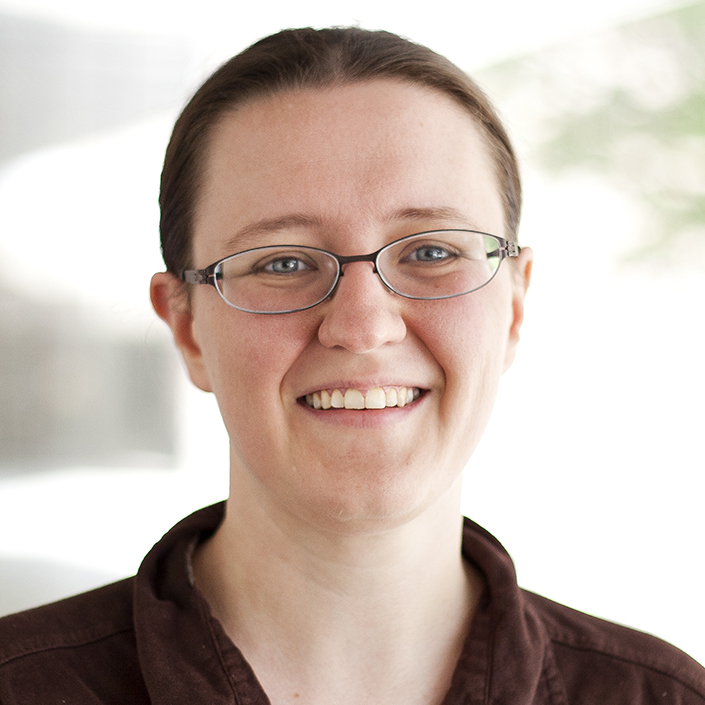
Faculty mentor:
Cindy Chestek
[email protected]
Course format:
TBA
Prerequisites:
Experience with Python or Matlab, prefer someone who’s taken an ML or stats or computational neuroscience class
Description:
Our lab works on real-time brain-machine interfaces (BMIs) for decoding movement and muscle activation. This project would involve some combination of the following: exploring neural network architectures and optimizing training datasets, implementation of code to run and train algorithms in real-time, and exploring neural dynamics during the use of the BMI. Experience with Python or Matlab is required, and having some experience with ML/Stats/CompNeuro is preferred but not necessary.
Miscellaneous
ECE Project 12: Control of ZEUS laser safety warning signs
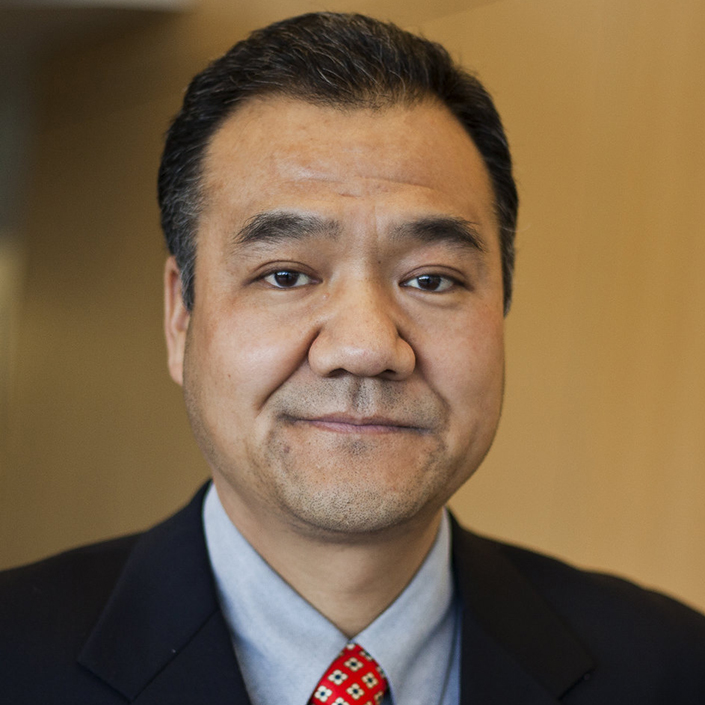
Faculty mentor:
Bixue Hou
[email protected]
Course format:
In person
Prerequisites:
Candidates should have programming experience, preferred to having LabVIEW experience.
Description:
ZEUS laser will be fully operational in Fall of 2023. We have installed seven laser safety warning signs at different locations around the lab. Each signs can display four messages: “RADIATION HAZARD”, “DANGER LASER ON”, “CAUTION LASER ON”, and “SAFE LASER OFF”. Different messages will be displayed independently at difference locations, depending on the laser operation status. This warning system will be controlled by a computer with LabVIEW software.
Each message is powered by 110V-AC source. We will control 110V-AC with relays which will be controlled by the computer. LabVIEW will be used to develop the software to control the message display. The software for this warning system will eventually be integrated into the laser control software. The laser control software will automatically switch ON/OFF the warning messages.
ECE Project 13: Laser Engineering, Modeling and Analysis at ZEUS High Power Laser Facility

Faculty mentors:
Karl Krushelnick
Louise Willingale
Contact:
Elizabeth Oxford
[email protected]
Course format:
In person
Prerequisites:
None
Description:
Zeus is a 3 Petawatt (10^15 Watts) high power laser facility at the University of Michigan funded by the US National Science Foundation which will operate as a facility for US researchers in high field science as well as for the wider international research community. It will be the highest-power laser system in the US by a factor of three and will be among the highest-power lasers worldwide for at least the next decade.
This project will involve assisting U-M graduate students and research scientists at the ZEUS facility in setting up high power laser experiments, making measurements in the target areas, as well as some numerical modeling and data analysis.
ECE Project 14: Design and test of circuits for wireless communication and analog computing

Faculty mentor:
Michael Flynn
[email protected]
Course format:
In person
Prerequisites:
215, 311/312 optional but helpful, Matlab
Description:
Our lab creates new circuits for sensing, wireless communication, and machine learning. The focus is on integrated-circuit analog, RF, and mixed-signal circuits. Key projects include wireless beamforming for 5G and 6G communication and exploring the use of analog circuits for computation. This SURE project will support our group’s research on these topics. The SURE student will work with senior graduate students. Tasks include circuit design, designing and fabricating PCBs, writing support software, programming FPGAs and creating 3D printed parts.
 MENU
MENU 
